What Is Safe and Effective Dieting Anyway?
Let’s be frank, there is nothing sexy about a safe diet. There is no sensational superfood guaranteed to make you drop weight in five days, there are no super vitamins and shakes to consume; there are no fancy diet names and no accompanying diet books that must be read.
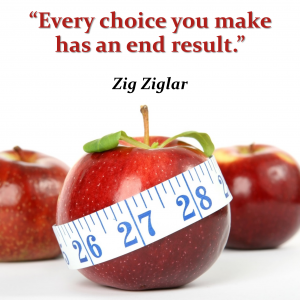
There is no secret to safe dieting. Safe dieting is slow, sensible, simple, and sustainable:
1. First off, speak to your doctor. He or she will be able to advise you on how much you should be aiming to lose, how fast you should lose it, and what sort of diet will suit you and your lifestyle. They will also advise you on how dieting may interact with any pre-existing health condition you might have.
2. Slow and steady – like the fable, dietitians recommend more of a tortoise than a hare approach. Losing one to two pounds a week – the recommended weight loss – sounds achingly slows, but there’s a sensible reason for that approach. According to WebMD, rapid weight loss takes extraordinary efforts in diet and exercise, efforts that could be unhealthy and unsustainable over the long term.
Another danger with rapid weight loss is you’re unlikely to lose fat but instead water or worse yet muscle mass. One pound of fat contains 3500 calories. To lose a pound every week, you must burn 500 more calories than you eat every day. If you try to lose two pounds every week, you need to burn 1000 more calories than you consume every day. And so on. This is not sustainable.
There are a few situations where faster weight loss can be safe. Very low-calorie diets might be beneficial to kickstart a weight-loss program for obese people. However, these diets are always undertaken under medical supervision, and the dieter will eventually have to graduate to a more moderate weight-loss program. Another reason for taking it slow is that you stand a very high chance of regaining the weight if you lose it quickly, which might cause yo-yo dieting, which could be dangerous.
3. Start sweating. Your doctor will also be able to advise you on how to exercise safely. Regular exercise, other than boosting your ability to lose weight, has health benefits such as reducing your risk of heart disease and type-2 disease. And you’ll be more likely to maintain your weight loss, says WebMD.
4. Be sensible. If it sounds too good to be true, it probably is. Avoid diets that cuts out certain foods or food groups that tell you to eat vast quantities of one sort of food, such as grapefruit or meat, or to slash calories to minuscule amounts. These sorts of diets may put you in real danger of nutritional deficiency.
5. Aim for sustainability. If your diet is overly restrictive, you’re probably going to ditch it as soon as you finish it. You’ll go back to your old eating habits and regain all your weight. Your goal rather is to find an eating plan that you can follow the rest of your life. A diet should include foods that you’ll enjoy eating for the rest of your life. That way you’ll avoid yo-yo dieting, which, according to WebMD, could affect your cholesterol levels.
6. Get smart. Figure out how many calories you eat in your usual diet, and trim back. Study food labels so you know how many calories are in each portion and how many you’re putting in your body.
7. Say so long to refined sugar. That includes cookies, cakes, and sugar-sweetened drinks. These sugars are high in calories, but low in nutrients. Added sugar should make up less than 10% of your calories every day.
8. Be selective when it comes to carbs and protein. Look out for carbs that are low on the glycemic index, suggests WebMD (choose asparagus over a potato, for example). In addition, always choose whole grains over processed foods, which lack nutrients like fiber, iron, and vitamin. When it comes to protein, choose lean meat, poultry, fish, and low-fat dairy.
9. Sayonara saturated fats and hello to unsaturated fats contained in seeds, nuts, fish, olive oil or coconut oil. Small amount s of good fat can help you feel full and less like you’re on diet.
10. Source your fiber from veggies, whole grains, and fruit. The best sources are artichokes, broccoli, lentils, and lima beans.
11. Enjoy a small snack between meals. Split your daily calorie allowance over five to six times meals to help stave off hunger pains.
12. Sip on lemon water, unsweetened tea, or black coffee instead of calorie-laden drinks like soda, juice, and alcohol. Drinking water will also help you stay full.


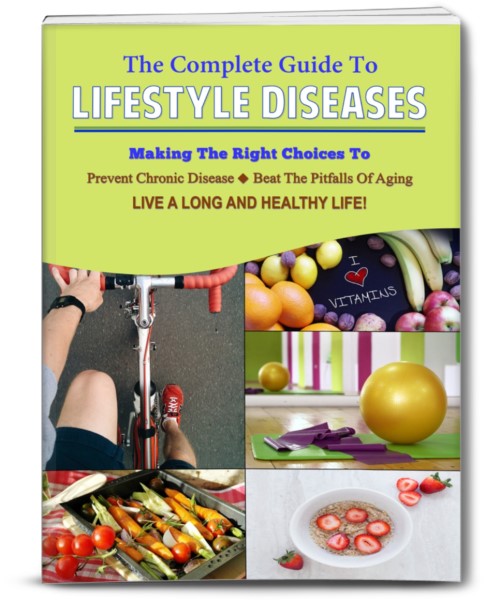

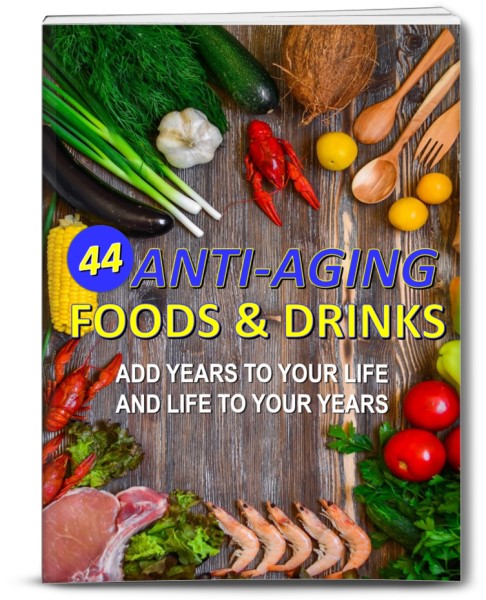
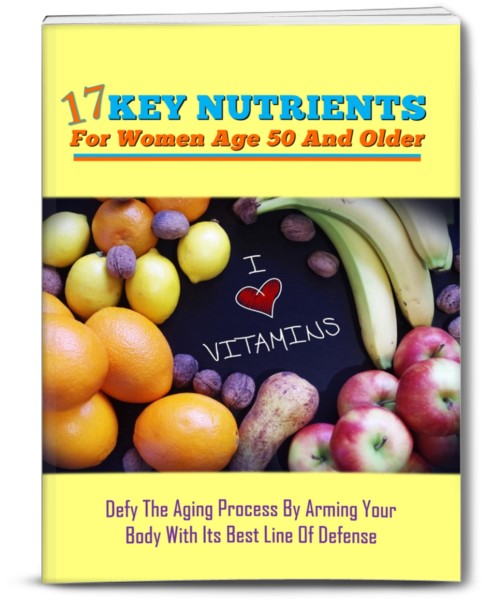


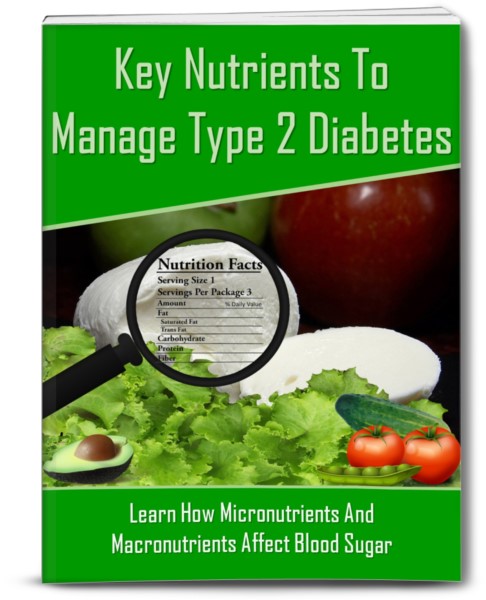
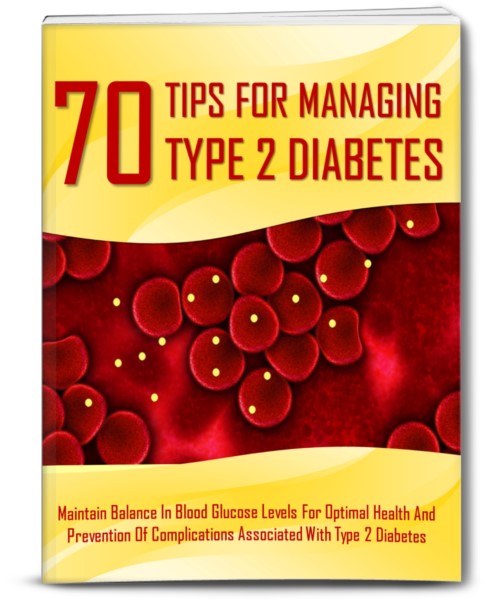
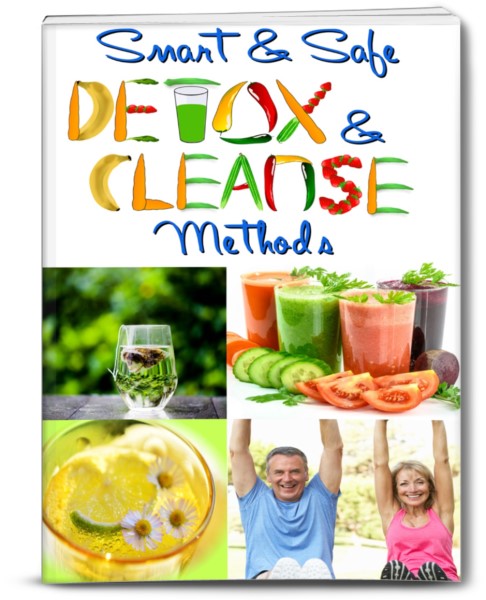


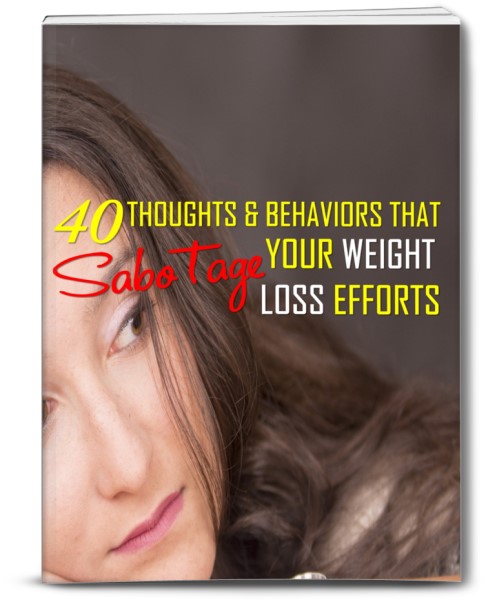
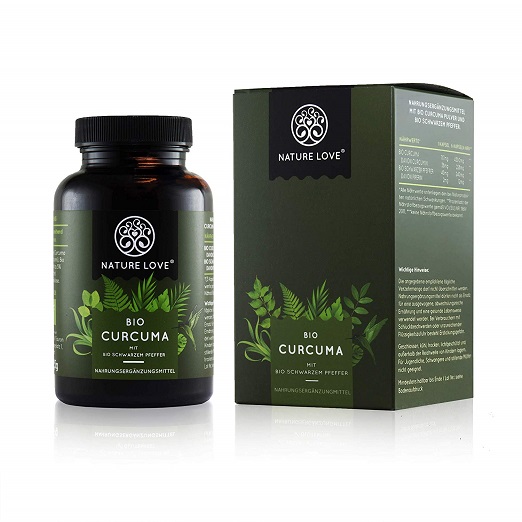
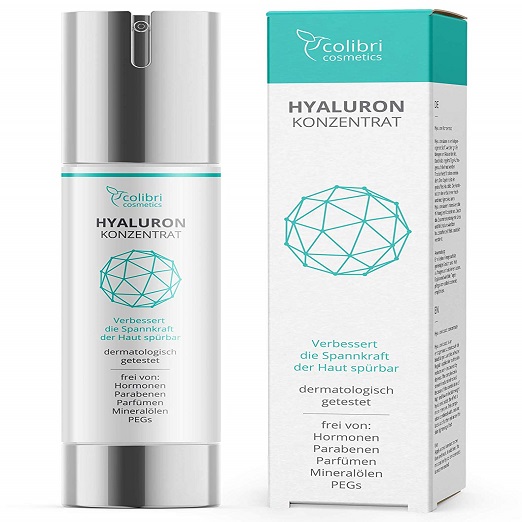

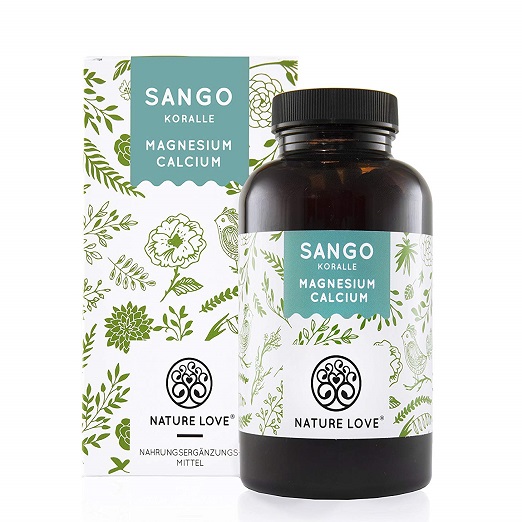




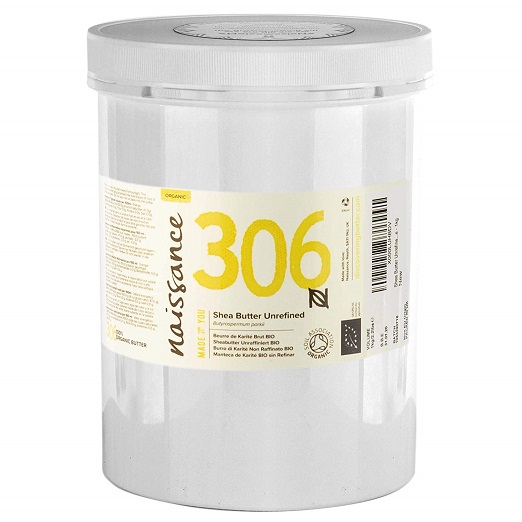
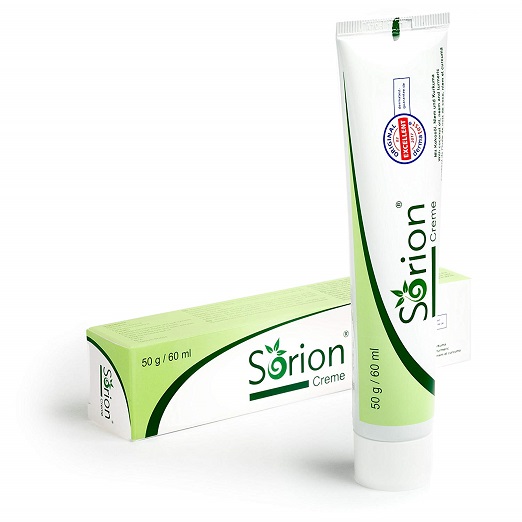
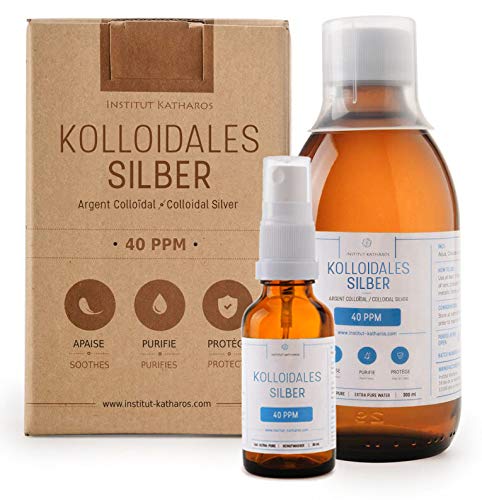
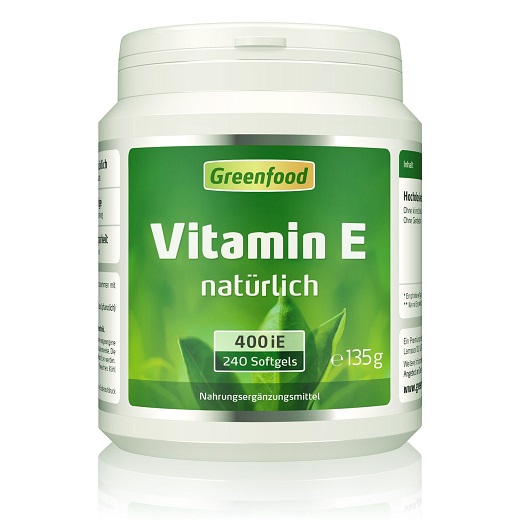
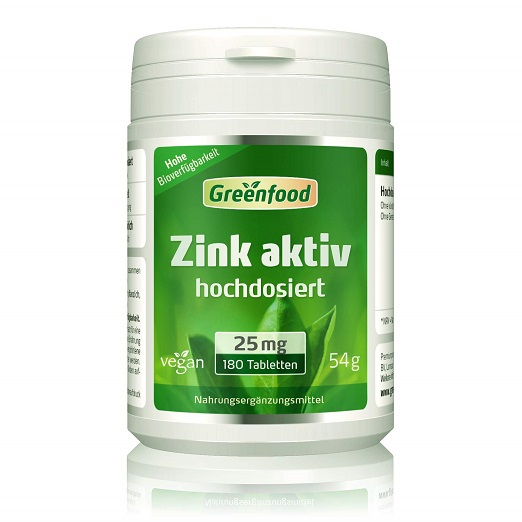


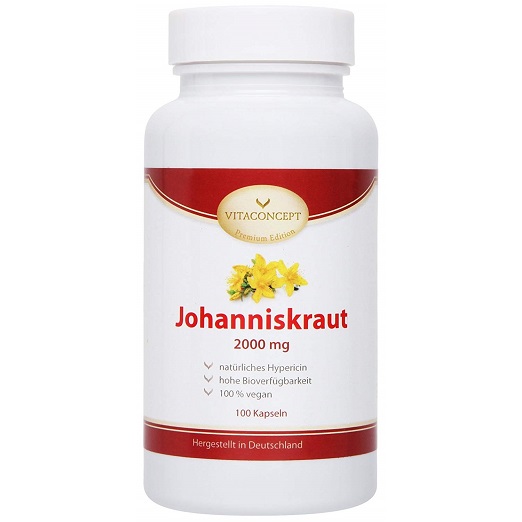
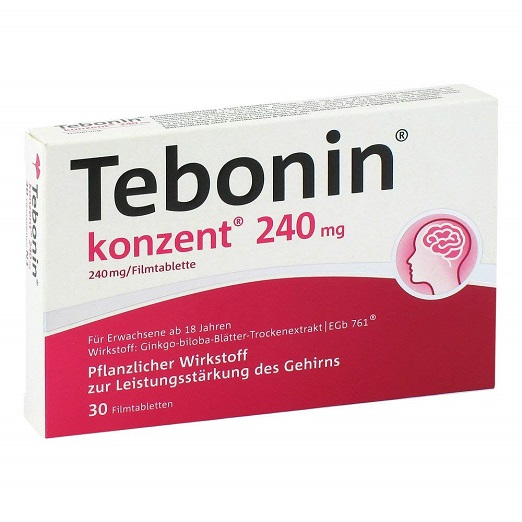
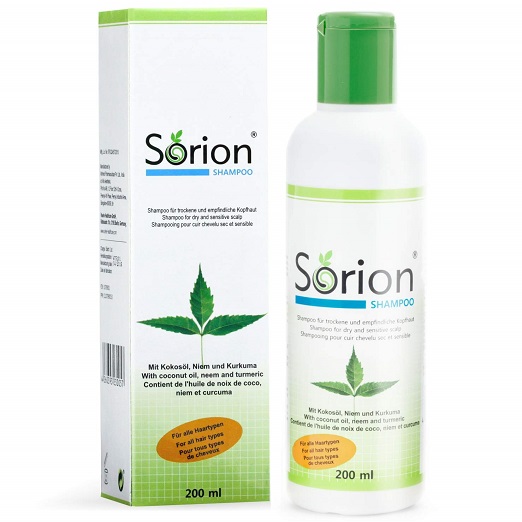

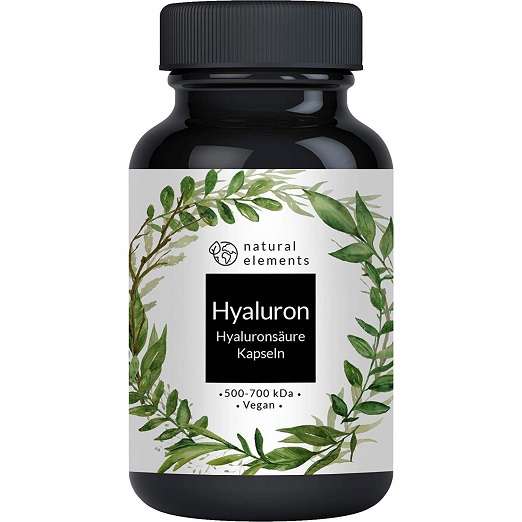

 Nederlands
Nederlands